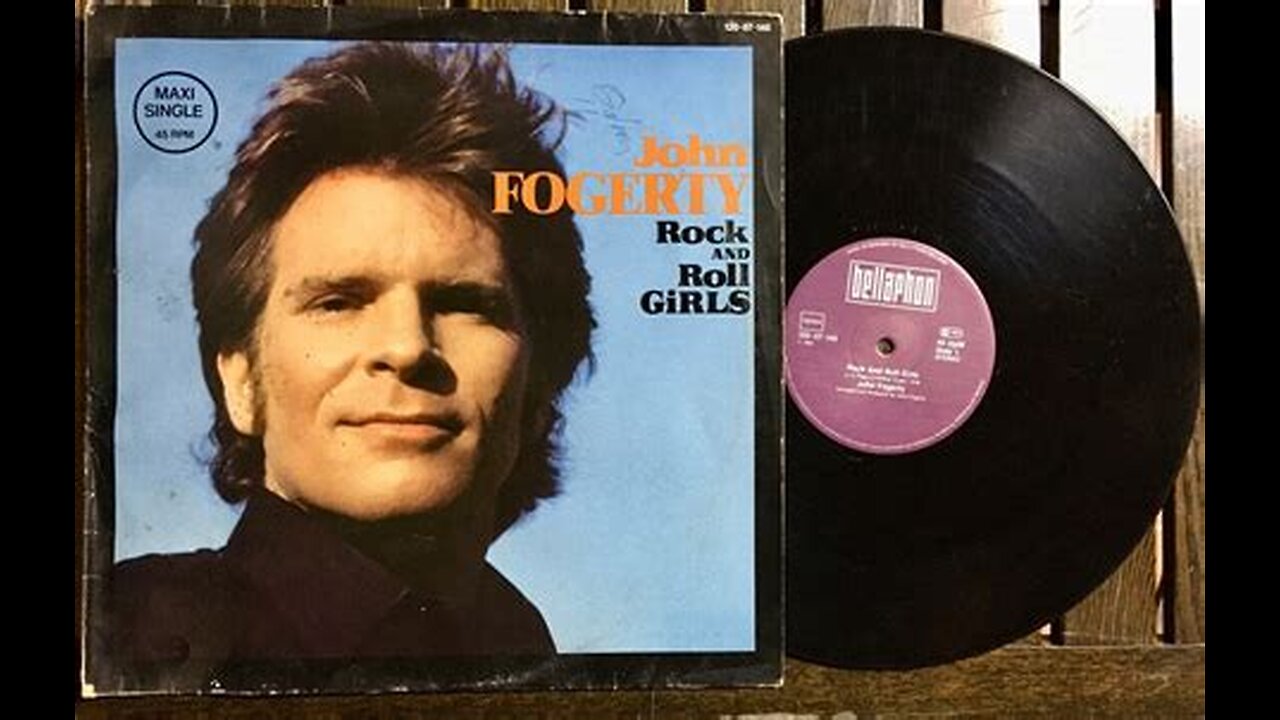You are using an out of date browser. It may not display this or other websites correctly.
You should upgrade or use an alternative browser.
You should upgrade or use an alternative browser.
T 2.0
- Thread starter espola
- Start date
kickingandscreaming
PREMIER
5D chess
Case in pointFor reasonably well-informed people that would make sense. However, just like there are still people out there quoting the "fine people" hoax, some still believe that he is a family man from MD. It's what legacy media is feeding them. They are still painting a sympathetic picture of him. If we are going to bring him back, make a spectacle of it. Put all the evidence out there. Make sure there is no doubt what the Left supports. Televise the trial. Sell the rights to pay down the debt. Pound it into them. Many on the Left need a good slap to wake up from their trance. It'll give them a chance to reflect.
President Donald Trump responded to the sudden return of Salvadoran illegal and alleged gang member Kilmar Abrego Garcia, saying, "he’s a bad guy" and that the courts will "show how horrible this guy is."
Trump appeared unbothered by Abrego Garcia’s return on Friday afternoon, telling reporters aboard Air Force One that the Department of Justice made the decision and that soon the world will see how "horrible" a person he is.
Your new party got played dumb dumb
AI's opinion of AI's product --

 www.facebook.com
www.facebook.com

679K views · 20K reactions | This woman fed Big Beatiful Bill to ChatGPT and that's what she got. | Being Liberal
This woman fed Big Beatiful Bill to ChatGPT and that's what she got..
 www.facebook.com
www.facebook.com
Last edited:
New Ingersoll Lockwood Drop!!!! - The White Rabbit with Storm Coming Popcorn Box leads to an image of Little X with Popcorn and a White Rabbit and what appears to be President Trump!! - The URL for the White Rabbit with Popcorn Box has the words "stormcoming" in it! (Go to http://IngersollLockwood.com, right click on the White Rabbit with Popcorn box then click "Open Image in New Tab" and look at the URL). - The URL for the image with Little X has the words "get-your-popcorn-out" in it!!
NCSWIC!!!!!


NCSWIC!!!!!


I think it's time for you to retire and leave the forumAI's opinion of Ai's product --

679K views · 20K reactions | This woman fed Big Beatiful Bill to ChatGPT and that's what she got. | Being Liberal
This woman fed Big Beatiful Bill to ChatGPT and that's what she got..www.facebook.com
kickingandscreaming
PREMIER
To the two morons, espola and Husker Du, The General has a message for you losers and so does Jesus
"Jesus Called People Morons (moroi). Yes, He did. Christ looked the most religious men of His day in the eye and called them morons.
Matthew (a bright light in the time of Christ, seriously, Matthew was the author of all truth). In Matthew 23, he describes Christ as looking the most religious men of His day in the eye and calling them (moroi). Fools. Morons. He does this not to mock or shame but to awaken! In these highly complex, somewhat chaotic, and even volatile times, we need to invite more and more people to do the same.
Don’t be a moron.
Have a nice day people." General Flynn
"Jesus Called People Morons (moroi). Yes, He did. Christ looked the most religious men of His day in the eye and called them morons.
Matthew (a bright light in the time of Christ, seriously, Matthew was the author of all truth). In Matthew 23, he describes Christ as looking the most religious men of His day in the eye and calling them (moroi). Fools. Morons. He does this not to mock or shame but to awaken! In these highly complex, somewhat chaotic, and even volatile times, we need to invite more and more people to do the same.
Don’t be a moron.
Have a nice day people." General Flynn
kickingandscreaming
PREMIER
Winning.

I can see how this stuff would be terribly addictive. I remember I had a nasty cold around the winter of 2000. I got what was supposed to be a good medicine - can’t remember exactly what it was. Twenty minutes after I took it, I felt way better than when I wasn’t sick. Someone later told me that people extract meth out of it. I can see why it would sell.

I can see how this stuff would be terribly addictive. I remember I had a nasty cold around the winter of 2000. I got what was supposed to be a good medicine - can’t remember exactly what it was. Twenty minutes after I took it, I felt way better than when I wasn’t sick. Someone later told me that people extract meth out of it. I can see why it would sell.
I love it that our FBI Director Kash went on Rogan
Watch Scotty

Watch Scotty

Trump is the ringmaster of a 3 ring circus. In ring 1 is the high wire tariff act, ring 2 is the taming of the border beasts, ring 3 is the mystery of the bearded lady. Are you not entertained?Everything with this administration is performative. Stringing along the suckers keeps the con (read: grift) alive. They gotta keep the faith, gotta believe.
Go Scotty


kickingandscreaming
PREMIER
After the coverups, and complete lack of transparency of the *Biden* Presidency, the Trump Presidency is a breath of fresh air.I love it that our FBI Director Kash went on Rogan
Watch Scotty

It's why espola and Husker Du have severe TDS. That hate honesty and transparency. Gee, I wonder why......After the coverups, and complete lack of transparency of the *Biden* Presidency, the Trump Presidency is a breath of fresh air.
Hüsker Dü
DA
https://waysandmeans.house.gov/wp-c...One-Big-Beautiful-Bill-Section-by-Section.pdfTrump is the ringmaster of a 3 ring circus. In ring 1 is the high wire tariff act, ring 2 is the taming of the border beasts, ring 3 is the mystery of the bearded lady. Are you not entertained?
https://waysandmeans.house.gov/wp-c...One-Big-Beautiful-Bill-Section-by-Section.pdf








